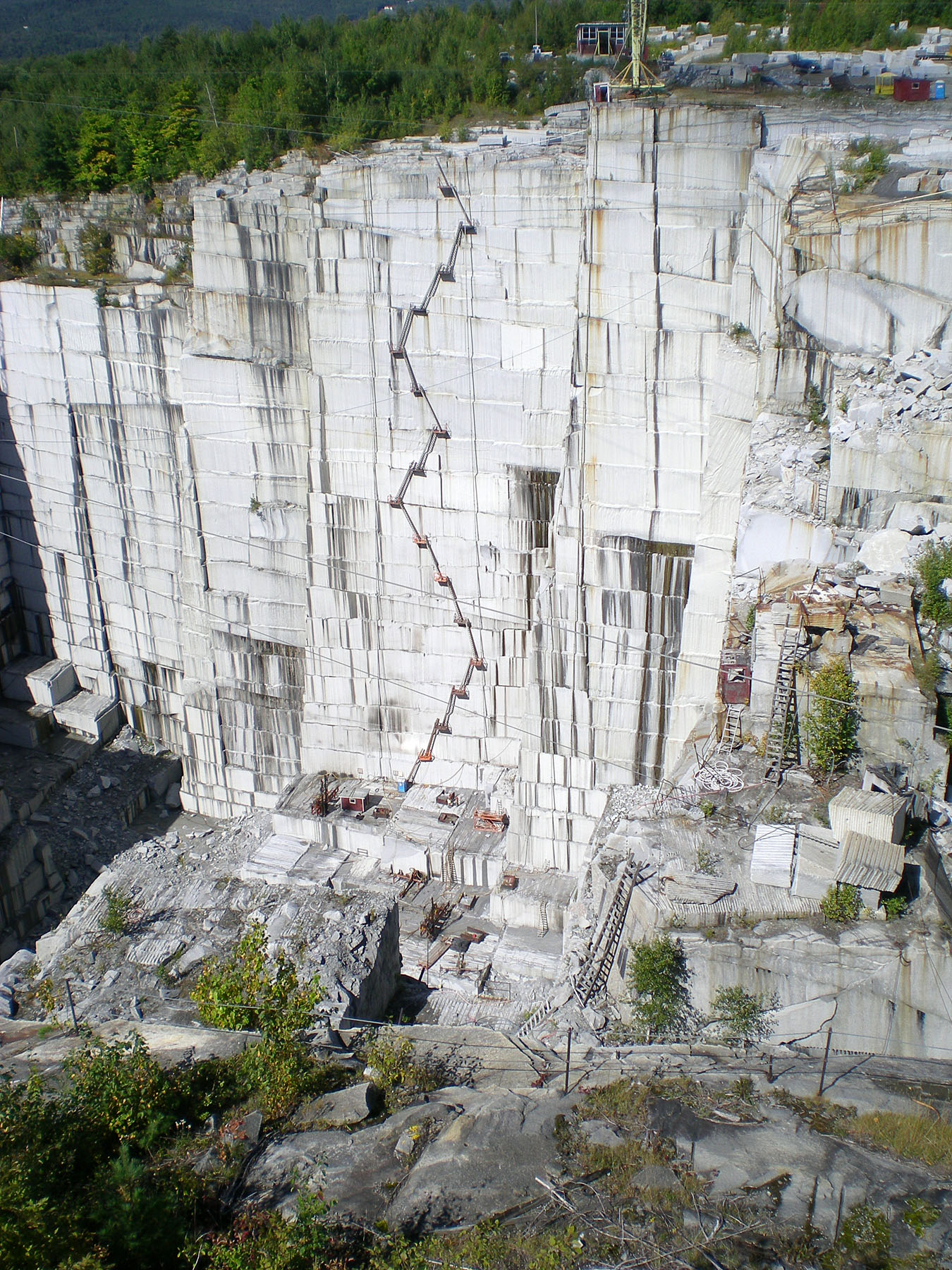Discovering Granite Quarries in South Africa: A Comprehensive Overview
Discovering Granite Quarries in South Africa: A Comprehensive Overview
Blog Article
Unveiling the Mysteries of Granite Quarrying: Where Strength and Elegance Meet
The globe of granite quarrying is a world where the raw strength of nature assembles with human creativity to develop structures that stand the test of time with an air of beauty. From the midsts of quarries to the meticulous polishing in workshops, the process of changing granite right into building wonders is a complex dance of custom and technology. As we peer into the depths of this old craft, we start to reveal the hidden complexities that shape the extremely significance of our constructed setting.
The Beginnings of Granite Quarrying
In the record of building history, the origins of granite quarrying are shrouded in a tapestry of ancient craftsmanship and geological marvels. Dating back to ancient Egypt and Mesopotamia, the extraction of granite from quarries marked the beginning of a journey that would eventually result in the development of a few of the globe's most legendary frameworks.
Granite quarrying's origins can be mapped to the skilled artisans that recognized the rock's resilience and aesthetic appeal. Via a combination of primitive devices and large resolution, these very early quarry employees discovered granite blocks that would become the building blocks of civilizations.
As civilizations evolved, so did the strategies of quarrying granite. The Romans, renowned for their design expertise, established advanced methods for removing granite to create monuments, temples, and roadways that stood the examination of time.
The tradition of these ancient quarrying practices remains to form contemporary style, with granite staying a symbol of stamina and elegance in building and construction tasks around the world. (granite quarries in south africa)
Devices of the Quarrying Trade
The development of granite quarrying strategies from old human beings to contemporary times highlights the critical function played by the devices of the quarrying sell shaping the industry's practices. In ancient times, quarrying devices were rudimentary, usually containing chisels, hammers, and wedges made from materials like bronze or iron. These devices needed substantial manpower and time to essence granite blocks from quarries.

In addition, the introduction of pneumatic tools and high-powered equipment has actually dramatically reduced the physical labor called for in quarrying procedures, improving worker safety and productivity. As the quarrying market continues to innovate, the tools of the trade continue to be at the leading edge of driving progression and forming the future of granite extraction.
Drawing Out Blocks of Granite
Using precision machinery and advanced methods, the removal of granite blocks from quarries has actually come to be a sophisticated procedure in the modern-day quarrying industry. Controlled blowing up strategies are after that used to break apart the granite into convenient sections.

Sprucing Up and Ending Up Methods
To achieve a perfect surface area on granite blocks, competent artisans use a series of meticulous sprucing up and completing methods. After the initial removal and shaping processes, the granite obstructs undergo a comprehensive sprucing up phase to boost their natural beauty and longevity. One typical method utilized in polishing granite is ruby abrasion, where industrial rubies are made use of to grind and polish the rock to a smooth finish. This procedure not only produces a lustrous surface area yet likewise ensures uniformity in shade and texture throughout the granite block.
In enhancement to polishing, completing strategies are related to further fine-tune the granite's appearance. These methods might consist of flaming, honing, or brushing, each offering special appearances and finishes to suit different visual choices. Flaming, for example, involves exposing the granite surface to heats to create a rough, distinctive coating, perfect for exterior applications where slip-resistance is important. Refining, on the various other hand, supplies a matte coating that is smooth to the touch, excellent for interior countertops and flooring. By carefully selecting and applying these brightening and ending up strategies, craftsmens can change raw granite obstructs right into charming items that display both stamina and sophistication.

Environmental Influence and Sustainability
With the growing emphasis on ecological awareness in the market, granite quarrying practices are progressively inspected for their impact on all-natural sources and lasting sustainability. Additionally, the transportation of granite from visite site quarries to processing facilities produces carbon exhausts, better contributing to environmental degradation.
To reduce these effects and make certain sustainability in granite quarrying, sector stakeholders are adopting various measures. Applying advanced innovations to reduce power intake and water use, recovering quarried land for ecological reconstruction, and advertising accountable sourcing this link methods are some techniques being employed. Moreover, accreditations such as the Forest Stewardship Council (FSC) and the Leadership in Energy and Environmental Design (LEED) assistance consumers recognize ecologically friendly granite items.
Final Thought
In conclusion, granite quarrying is a procedure that calls for specialized tools and strategies to extract blocks of granite and polish them to a high level of coating. While the environmental effect of quarrying can be considerable, initiatives are being made to enhance sustainability practices in the market. In general, granite quarrying is a fragile equilibrium in between taking advantage of the stamina and sophistication of this natural rock while minimizing its effect on the setting.
Report this page